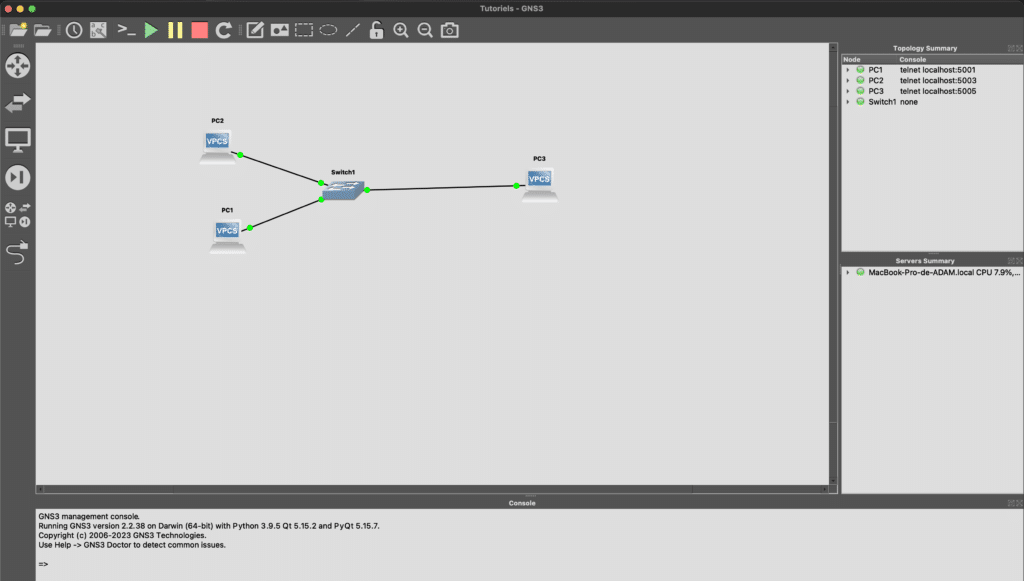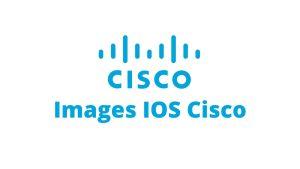Looking to pass your CCNA (Cisco Certified Network Associate) on your own? Well, don’t panic! In this article, we will see how to prepare for and pass the CCNA on your own. Follow these steps and you will be well on your way to becoming a Cisco Certified Professional.
The steps to prepare and pass your CCNA in self-taught:
Step 1: Familiarize yourself with the objectives of the exam
The first step to passing your CCNA is to understand the objectives of the exam. By having a clear vision of the competencies assessed and the topics covered, you will be able to effectively structure your learning process.
To do this, visit the official Cisco website and check out the detailed list of CCNA exam objectives. The French version is available here. So take the time to read this list carefully and make sure you understand the different areas of expertise, such as networking, security, automation and programmability.
By familiarizing yourself with the objectives of the exam, you will be able to determine which areas you need to focus on more and adjust your study strategy accordingly. This step will also allow you to better understand Cisco’s expectations and prepare you effectively to pass your exam.
Step 2: Gather your study resources
Now that you have a clear understanding of the CCNA exam objectives, it’s time to gather the resources.
So here are some suggestions to help you find the best resources for your preparation:
- Official Cisco Guides: The official guides published by Cisco are an excellent resource to get started. They are specifically designed to help you prepare for the exam and cover all required topics.
- Online videos and tutorials: There are many online videos and tutorials that cover the various aspects of CCNA. Some YouTube channels offer complete and mostly free courses.
- Online forums and communities: CCNA discussion forums and online communities are great places to ask questions, get advice and share resources with other students.
- Network simulators: Use network simulators such as Cisco Packet Tracer or GNS3 to practice your networking skills. These tools will allow you to become familiar with the configuration and management of Cisco equipment in a virtual environment.
By gathering a variety of study resources, you will be able to approach the different aspects of the CCNA from different angles and maximize your chances of success.
Step 3: Plan your study schedule
Effective planning is crucial for success in your CCNA self-study. By getting organized and setting a realistic study schedule, you can stay on track and make steady progress.
So here are some tips for planning your study schedule:
- Estimate your availability: Estimate how much time you can devote to study each day or week. So consider your other commitments, such as work, school or family responsibilities.
- Set clear goals: Set weekly or monthly goals for each skill area. These goals should be realistic and appropriate to your current level of knowledge.
- Adjust your schedule if necessary: As you progress in your studies, you may find that some subjects require more time than expected. Be flexible and adjust your schedule according to your progress and needs.
Step 4: Put theory into practice

To pass your CCNA as an autodidact, it is therefore crucial not to limit yourself to studying the theory. As you apply what you learn, you will develop a deeper understanding of the concepts and thus improve your problem-solving skills.
So here are some tips to help you put theory into practice:
- Use network simulators: Tools such as Cisco Packet Tracer or GNS3 are excellent ways to practice configuring and managing network equipment in a virtual environment. These simulators allow you to create and interact with virtual networks, which will help you better understand the concepts studied.
- Practice: When studying a topic, try to find practical exercises to reinforce your understanding. For example, if you’re learning how to set up a router, look for exercises that walk you through the process step by step.
- Create your own scenarios: Imagine real-life scenarios you might face as a network engineer and try to solve them using your knowledge. This will help you develop your ability to apply theory to real-life situations.
- Participate in online projects: Join online communities where members share CCNA-related projects and challenges. By collaborating with others and solving problems as a team. You will be able to practice your skills and learn new ways of working.
Step 5: Test your knowledge with mock exams
Mock exams are an essential part of your CCNA preparation. Because they allow you to measure your progress and identify areas that need improvement.
Here are some tips for getting the most out of mock exams in your CCNA preparation:
- Find quality practice tests: Look for practice tests from reliable sources. Ensure that the exams are up to date and reflect the current CCNA exam content. You can practice with our quizzes by clicking here.
- Use mock exams as a review tool: Mock exams are also a great way to review the concepts and skills you have studied. By taking mock exams, you can consolidate your knowledge and build confidence in your skills.
- Don’t be discouraged: If you get disappointing results on your first mock exams, don’t be discouraged. Use these results as motivation to work even harder and improve your knowledge and skills.
Conclusion
There you have it, it’s up to you, the ball is in your court.
Remember that perseverance and commitment are essential to achieving this goal. Be prepared to invest time and effort to master the required skills and adapt as you progress. With determination and hard work, you can pass your CCNA certification and open the door to new professional opportunities in the networking field. Good luck in your solo adventure!




Thank you for sharing. It is really helpful for new students.